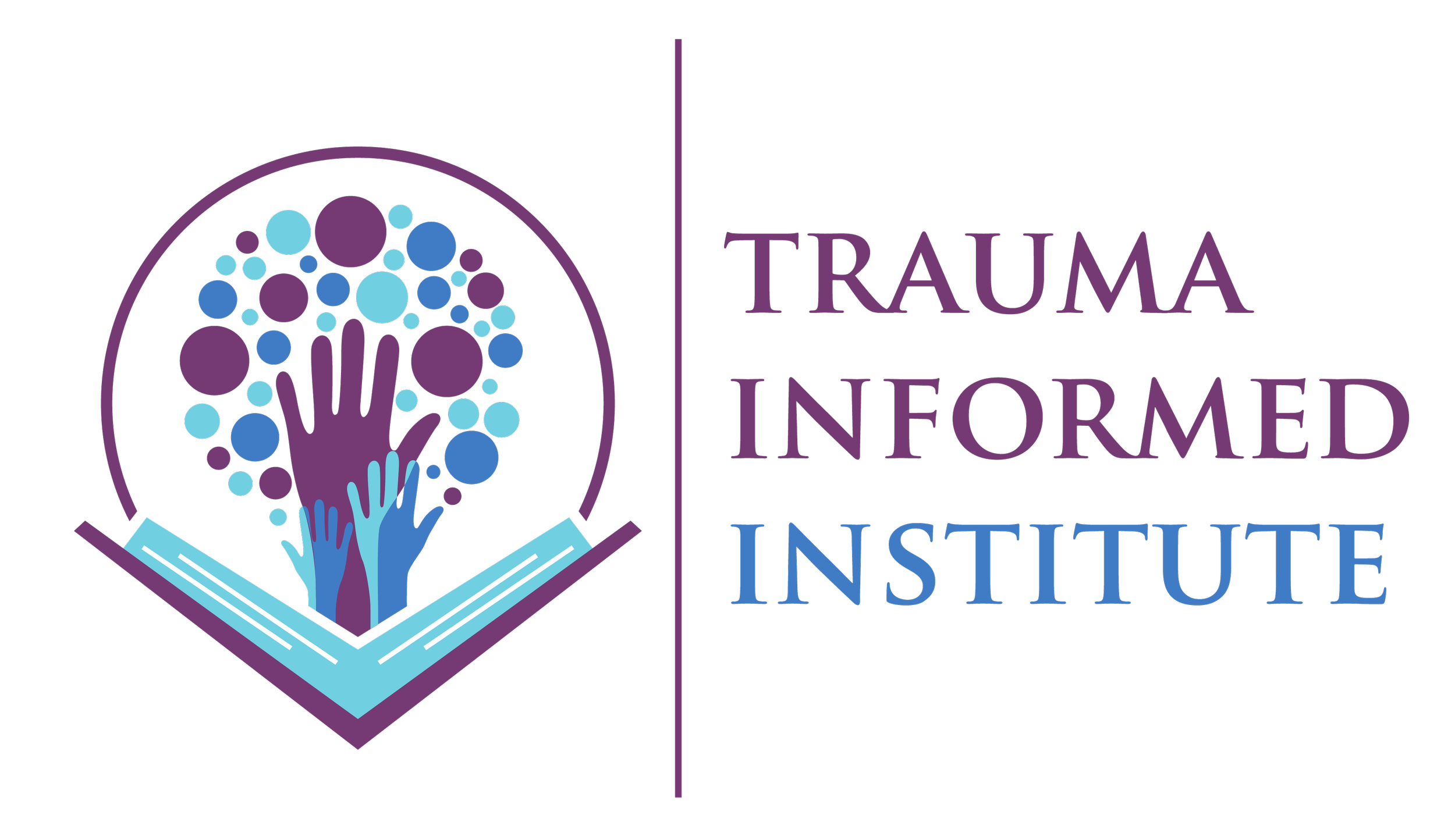Understanding the 6 Trauma-Informed Principles
SAMHSA’s National Center for Trauma-Informed Care (NCTIC) and the CDC’s Center for Preparedness and Response (CPR) joined forces to help working professionals better understand how trauma can impact the communities they serve.
These principles provide a framework for organizations to adopt and develop strategies to create a trauma-informed workplace culture. The goal is to build resilience and create a more supportive environment for those who may be affected by trauma, which is everyone. The SAMHSA’s six principles of a trauma-informed approach focus on the idea that all individuals have had some experience with trauma and its effects. This blog post will discuss SAMHSA’s six principles and why organizations must adopt them.
Source: https://www.cdc.gov/orr/infographics/6_principles_trauma_info.htm
Safety is the foundation of any trauma-informed approach. The goal is to create a physically and psychologically safe environment for individuals so that when trauma is experienced, resolve can be achieved sooner. This also means assessing the environment for potential risks and dangers and creating an atmosphere of mutual respect and trust.
Trustworthiness & transparency are essential to ensure people are fully prepared for changes that will affect them in the workplace. This requires a very intentional communication plan for leadership and team members company-wide.
Peer support is critical so that team members never feel alone. This is where employee resource groups add value by creating spaces for people with shared identities to connect. It also involves educating those affected on accessing resources and support systems, such as EAP programs.
Collaboration & mutuality is about Working together with mutual respect. This requires people to be committed to collaboration more than the outcome itself, especially when differences of opinion arise. Effective collaboration will offset the standard hierarchy of leadership.
Empowerment, voice, & choice involves providing individuals with the skills and resources necessary to speak their truth and make decisions about their experience at work. This impacts the dynamics of leadership and power, no longer using the top-down approach but essentially bringing more stakeholders to the table company-wide; specifically, those will be impacted by the decisions that need to be made.
Finally, cultural, historical & gender issues should be considered when interacting, responding, and engaging within the workplace. It is important to understand the history and experiences of groups of people. This provides insight into how people of different cultures, identities, and genders may experience events, projects, overall work culture etc. With this awareness, companies can make better-informed decisions and prevent trauma in the workplace.
These SAMHSA’s six principles provide organizations with a framework to build resilience and create a more supportive environment for those affected by trauma. Adopting these principles helps reduce the impact of traumatic experiences, which benefits everyone in the community.
Get Trauma-Informed Certified Day!
Trauma-Informed is offering a one-day LIVE intensive and interactive learning experience led by our CEO, Vernisha Crawford. This training provides a unique chance to learn and practice crucial trauma-informed skills in just one day. Don't miss out on this exclusive opportunity to transform your approach to work and life. Participants will receive access to our online Knowledge Assessment to earn their Trauma-Informed Advocate Certification.
What You'll Gain:
Deep understanding of trauma, stress, and adversity
Immediate application of childhood trauma and adversity insights
Live exploration of neurological and somatic science
Hands-on resilience-building tools and techniques
Real-time advocacy skills for yourself and others
In-the-moment implementation of the 6 Principles of Trauma-Informed Approaches
Secure your spot today for an immersive day of learning!



